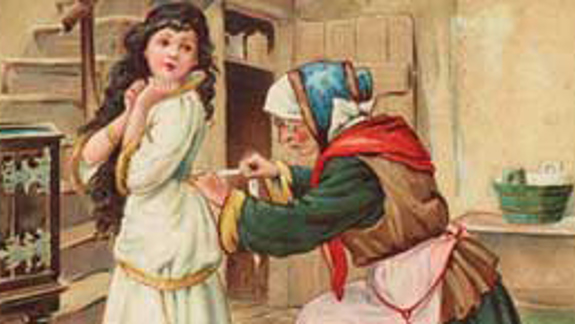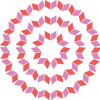Anatomy of a fairy tale: Elements and structure explained
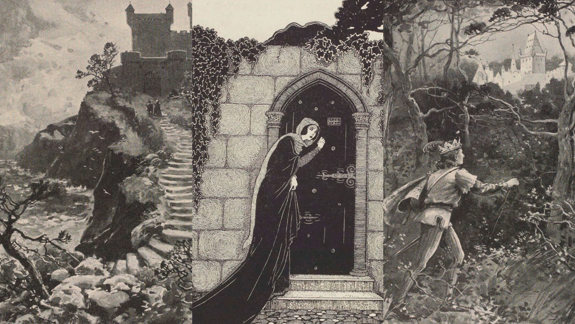
About
What are fairy tales?
What makes a fairy tale different from other types of stories? There are examples of fairy tales from across the world, and the stories often have common themes.
Traditional fairy stories were created by unknown authors at a time long before many people could even read or write. Instead, people told each other stories or acted them out. They were passed down from generation to generation by word of mouth. The details of the stories might have changed slightly with each re-telling, but the main message remained the same.
Later, writers and scholars like Hans Christian Andersen, Charles Perrault, Andrew Lang, and the Brothers Grimm collected, wrote down, and adapted these tales.
Today, we often associate fairy tales with children's literature, but they were originally intended for a mixed audience of adults and children.
Typical fairy tale elements
Common phrases used to start and end the story
Most fairy tales begin with "once upon a time" or "a long time ago". This is because they are often set in the past, but not in a defined period of history.
Many also have a happy ending. They tell the reader that the characters "lived happily ever after", where the hero triumphs over adversity.
Repetition
There is often a lot of repetition in fairy tales. This creates a rhythm to the story and helps people remember it. Events may happen in groups of three or seven, and phrases or words might be repeated.
For example, Rumpelstiltskin spins the straw into gold on three occasions and demands three rewards from the miller's daughter.
Magic
Fairy tales often feature magical elements such as spells, curses, and enchanted objects or ones that can grant wishes.
Characters may possess magical powers which they use for either good or evil. Some are able to change shape, such as the frog who is transformed into a prince. Characters often encounter mythical or magical beings like witches, elves, and fairies.
A problem to be solved
In fairy tales, the plot often revolves around a central problem or conflict that the hero must solve. The nature of the problem can vary widely, but it usually falls into one of the following categories.
Physical tasks or obstacles require physical strength, endurance, or bravery to overcome. The hero might need to embark on a dangerous journey, defeat a powerful monster, save someone or retrieve a magical object.
In challenges involving magical obstacles or breaking curses, the hero must use their wit to solve riddles, find hidden objects, or use magical items wisely.
Moral and ethical challenges will test the hero's character and values. They might need to make difficult decisions, demonstrate kindness, or stand up for what is right.
Moral lessons
Fairy tales usually convey a moral lesson or teach values, such as kindness, bravery, or honesty. Overcoming various challenges in the story allows the hero to resolve the central problem but also grow as a character and demonstrate these values. These lessons are usually woven into the story's plot.
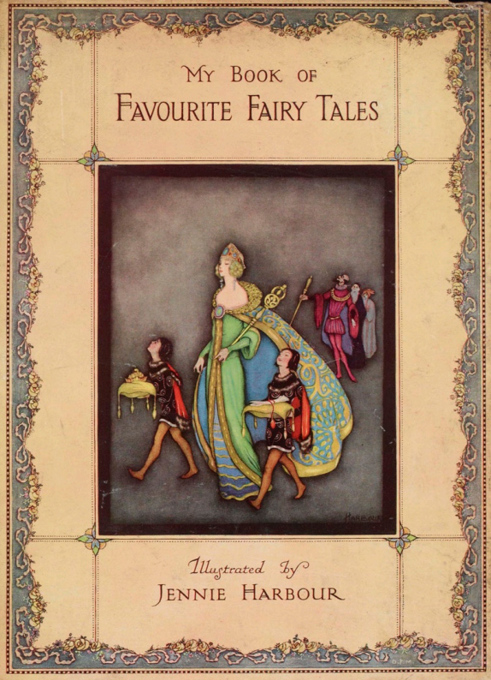
Common characters
The hero
Most fairy tales feature at least one hero. Heroes can be any gender, rich or poor, children or adults.
What makes a hero?
The hero is often described as:
Good
Kind
Brave
Smart
Resourceful
They do what needs to be done, even though it might be difficult or challenging. The hero may be reluctant or fearful about going on a journey or taking on a task but they do it anyway.
While they often don't have magic powers, the hero sometimes has access to magic helpers or objects.
Challenges a hero might face
The hero is usually faced with a problem to be solved. This may involve going on a journey, solving a riddle or puzzle, or undertaking a difficult task or impossible test. They often have to face danger or defeat or capture the villain of the story but win in the end.
Sometimes the hero must rescue someone in trouble or danger, such as the sister in 'The six swans'. Or the hero has to save themselves, like Hansel and Gretel who manage to escape from the witch in the gingerbread house.
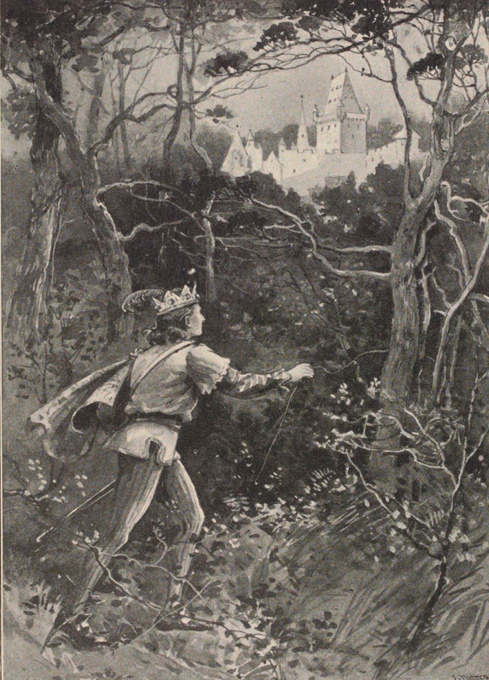
The villain
The villain is the character in the story who creates obstacles for the hero. Villains are usually depicted as evil, cunning, and powerful. They may use magic or deceit to slow the hero's progress.
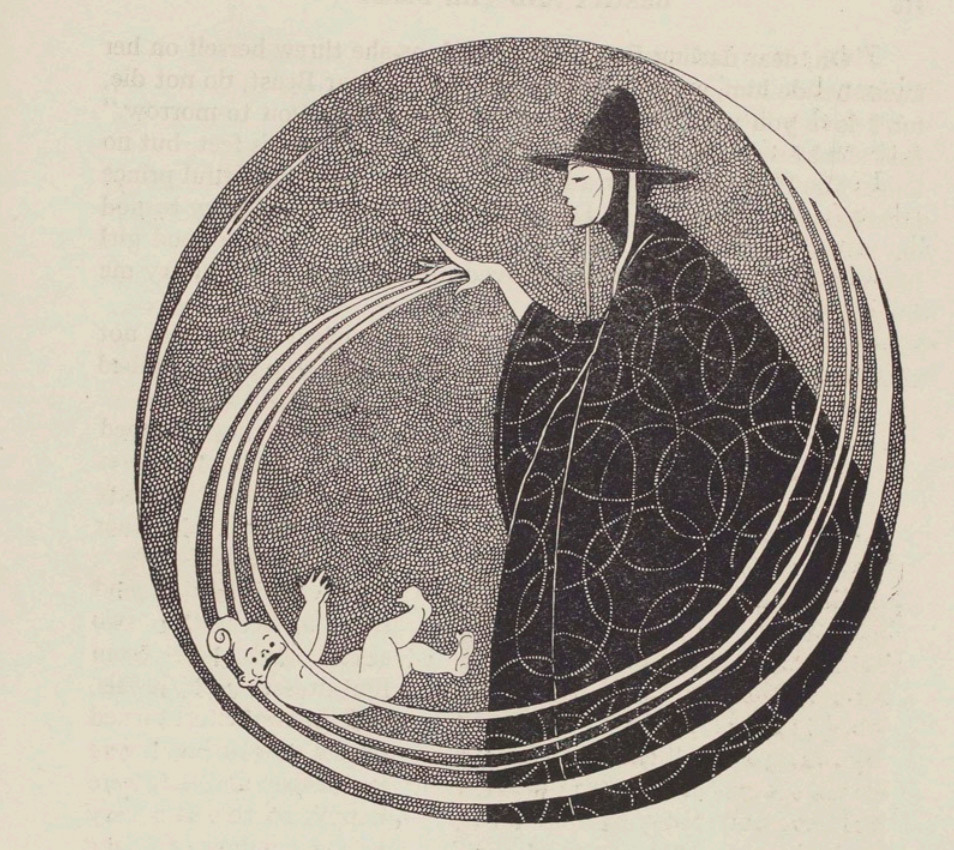
Good and evil
The villain’s main intention is to harm or kill the main character, or to prevent them from achieving success, love, and happiness. Some examples of villains include the wolf in 'Little Red Riding Hood', the stepmother and ugly sisters in 'Cinderella', and the queen in 'Snow White'.
The struggle between the hero and the villain is a struggle between good and evil. This is often at the centre of the fairy tale and drives the action in the story. The hero and the villain are at odds with each other. They each want a different outcome, and this produces conflict and competition.
The helper
Helpers in fairy tales can be humans, animals, or magic beings who assist the hero or main character of the story. This might involve keeping the hero safe from harm, giving advice, or providing a means of rescue. The helpers are sometimes unnamed or anonymous. And they may provide help for no reward. The helper is important to the success of the quest or hero's journey.
For example, in 'The Elves and the Shoemaker', the elves appear magically at night to help a poor shoemaker create shoes from a small piece of leather. By selling the shoes, the shoemaker becomes rich.

Fairy tale settings
The forest
The forest is one of the most common fairy tale settings. It is a place beyond the safety and familiarity of the town or village. When the fairy tales were first told, the lands of northern and western Europe were thick with woodland. At that the time, the forest represented very real dangers, such as bandits and wild animals.
An unknown place
The forest represents the 'unknown' where anything can happen. It is outside of normal experience and can be both a magical realm and a place of danger. A place of freedom and wildness, normal rules no longer apply in the forest.
Strange events can take place in the forest. It can also be a place of transformation, where the hero overcomes various difficulties and finds their way home. Forests can represent a hiding place, but it can also represent the things that we most fear. Full of mystery, the imagination can run riot in a forest.
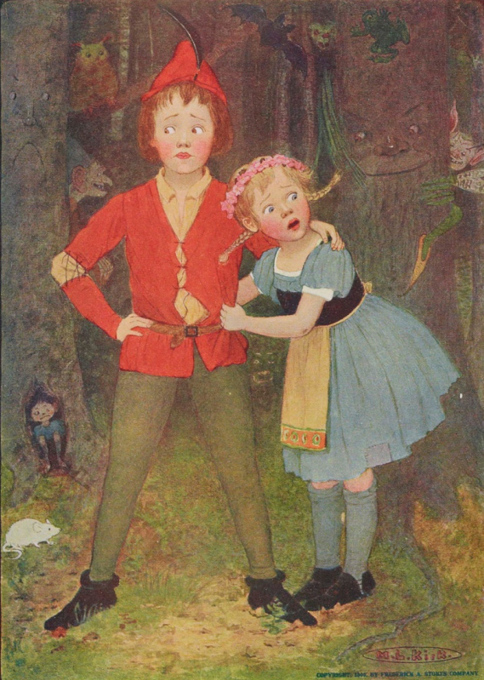
Symbol of the natural world
The forest is a symbol of the natural world, in contrast to the world of humans. It represents something more primitive and untamed. Characters in a forest are cut off from home and from the outside world.
Creatures of the forest
In fairy tales, the forest is inhabited by strange and magical creatures. You may come upon:
Talking animals
Monsters
Witches
Elves
Fairies
The castle
The castle is a typical setting in fairy tales. It often symbolises power, royalty, and the ultimate goal or destination for the hero.
The centre of the kingdom
The fairy tale castle is the centre of the kingdom, and often home of kings and queens. It is associated with:
Wealth
Royalty
Power
Luxury
Safety
Strength
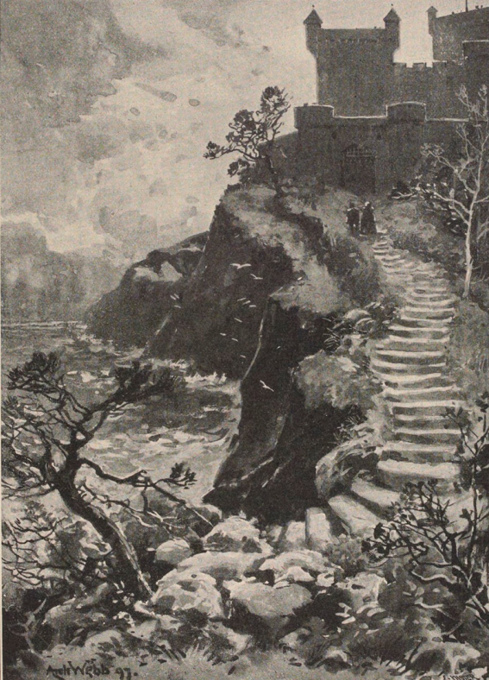
Secrets
The castle can also be a place of secrets. It has many rooms where people and objects can be hidden, lost, or locked away.
For example, in 'Bluebeard', the wife is given the keys to the castle but is told never to enter a specific room.
Holding characters captive
In some fairy tales, characters are held captive in towers and castles against their will. For example, in 'Jorinda and Joringel', Jorinda is turned into a bird by a sorceress and kept in a tower in a forest until she is rescued by Joringel. Rapunzel is also locked in a tower.
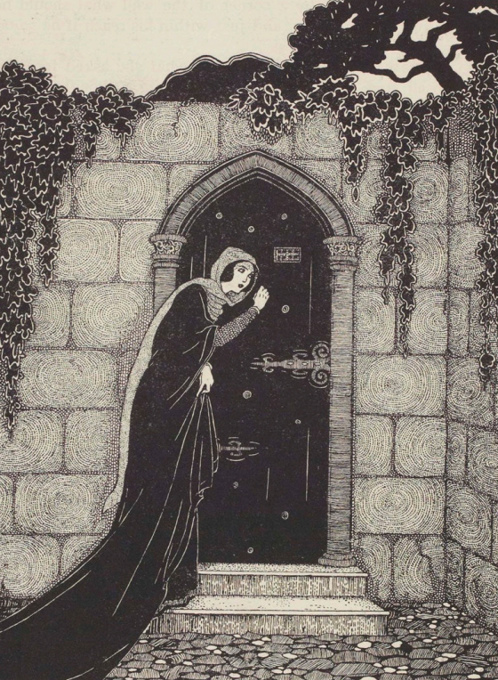
Narrative structure
Fairy tales often follow a specific narrative structure.
Introduction
The story typically begins with an introduction that sets the scene and introduces the main characters. This is where the "Once upon a time" or "A long, long time ago" phrases are often used.
Conflict
A problem or conflict arises that the main character, usually the hero, must overcome. This conflict drives the plot and keeps the reader engaged.
Journey
The hero sets off on a journey to resolve the conflict, facing various challenges and obstacles along the way. These challenges often involve magical elements and tests of character.
Climax
The climax is the turning point of the story, where the hero confronts the main challenge or villain. This is the most exciting part of the tale.
Resolution
The story concludes with the resolution of the conflict. The hero often achieves their goal, and the story ends on a positive note with "happily ever after".
A familiar tale
Fairy tales have a rhythm and logic all their own: familiar patterns, magical twists, and characters who face the impossible. Whether you're writing your own tale or just curious about how these stories work, exploring their structure and symbolism reveals why they've lasted so long.
There's joy in spotting the tropes, bending the rules, and finding new ways to tell old stories. After all, many fairy tales start with "once upon a time," but where it goes next is entirely up to you.
This article is based on a previous learning resource for schools.
Dive deeper
Search the catalogue
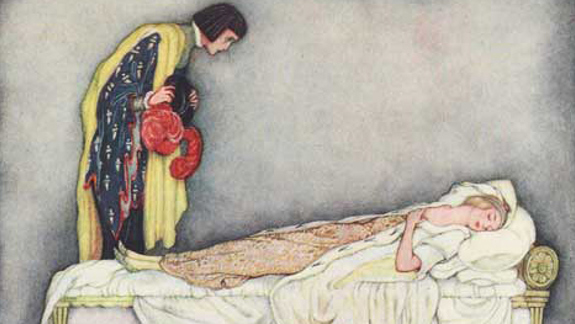
'Household stories'
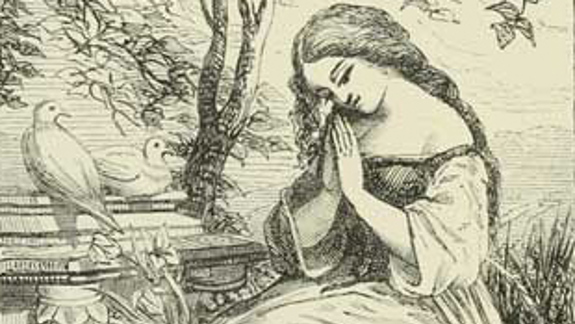
'Little Snow-White, and other fairy tales from "Grimm"'
